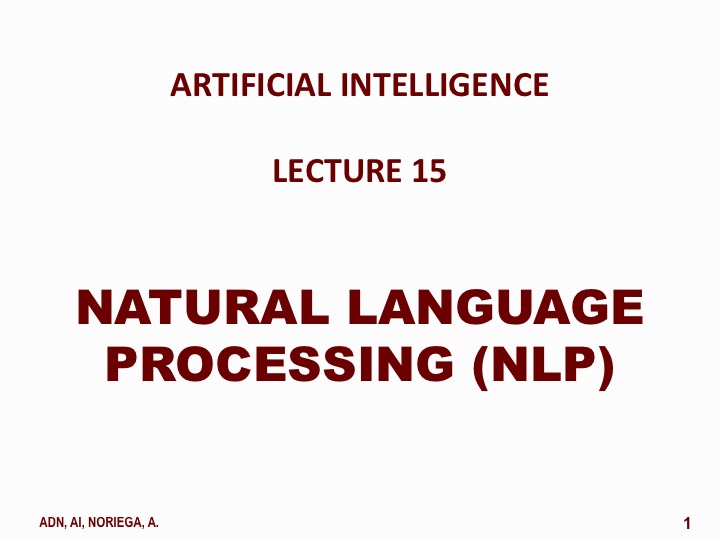PROBLEM SOLVING IN ARTIFICIAL INTELLIGENCE
PROBLEM SOLVING
IN
AI
Problem
Solving in Artificial Intelligence is characterized by a generic approach that
allows for dynamic algorithmic implementation with a global perspective
reusability and applicability typically to a set of similar problems rather
than a deterministic solution for one specific problem. Consequently, AI algorithms differ from
general programming algorithms designed to resolve specific problems, usually with a limited perspective, since they offer features such as:
- Being problem-specific with a generic perspective in the problem solving approach and strategies used (conventional algorithms resolve a particular problem without necessarily resolving many cases of the same problem)
- Tend to be more adaptive than conventional algorithms
- Can be based on dynamic rules, which can support forward and backward chaining in many scenarios
- Can surpass or provide extensions to the human window of problem solving in size, memory or complexity.
Areas
of artificial intelligence such as expert systems can systematically enhance
rules (knowledge base) to improve the quality of the problem-solving engine
(set of usually rule-based algorithms) and machine learning can allow the
problem solving by using algorithms not designed exactly for that problem, but
using neural networks to records rules that can tested and validated later on
other data sets or similar problem scenarios, in which, the AI environment is characterized
by means and ends (goals), and the agents involved in the problem-solving
process.
The
following set of slides summarizes my discussions in the topic.

















Comments
Post a Comment